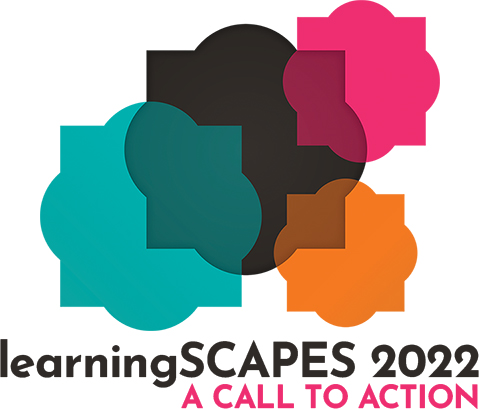 | 1 LU |
 | 1 LU |
As educators and design professionals, how do we help young students learn the value of community and sustainability? One approach is to design their school building to demonstrate these values. In this session, we’ll explore how Forest Edge Elementary School in Fitchburg, Wisconsin shows its K-6 students how green and community-centered buildings make positive impacts on their lives, their neighborhood, and the planet. Forest Edge Elementary mirrors the values of its community. The school is a verified net zero energy school building, the first in Wisconsin and the largest in the country. Its main entry path extends to the adjacent neighborhood, welcoming the community to its front doors, and it has dedicated rooms specifically for the public’s use. Join us as we explain why a building like Forest Edge is important for any community. We will hear from the team at Bray Architects who partnered with the Oregon School District to make the school a reality. We will also hear directly from Forest Edge students about their experience with the school. The takeaway: a project like Forest Edge is possible for any school district.
Learning Objectives:

Maria is a design specialist, architect, and associate at Bray Architects. She has worked on over a dozen K-12 schools, developing solutions that cultivate unique learning environments, solve functional concerns, and celebrate each school’s identity. Maria holds a Master of Architecture and a Bachelor of Science in Architectural Studies from the University of Wisconsin – Milwaukee. In 2020, she was recognized as a Rising Young Professional by The Daily Reporter.

Chris is a project leader, architect, and associate at Bray Architects. He is involved in all aspects of a project, from master planning to construction administration. With over 20 years of experience, he has worked on many K-12 educational projects, nearly all of which meet a minimum of LEED Silver sustainability standards. Chris holds a Bachelor of Science in Architectural Studies from the University of Wisconsin – Milwaukee.

Kate is a design specialist and architect at Bray Architects who focuses on educational planning. She has supported multiple school districts through their whole project – from the early days of developing a pre-referendum vision to working with the design team to ensure that vision is reflected in the building. Kate holds a Master of Architecture from the University of Wisconsin – Milwaukee and was recognized as a 2021 Women in Construction honoree by The Daily Reporter.

Kerri has been with the Oregon School District for 27 years working across many buildings and age groups. She is now, proudly, the principal of Forest Edge School. She is excited to share her team's journey in designing an innovative net zero school for the kids and families of the district.
The built and natural environments have profound impacts on our behaviors both for better and worse. How do we cultivate a sense of place for better? How might the built and natural environments be made to enhance teaching and learning? How might school buildings and grounds foster a sense of community by reflecting those they serve?
Primary Core Competency
Design of Educational Facilities: Acts as a resource to the design team in providing ongoing guidance and support to ensure that the emerging and ultimate design aligns with the established community vision, education goals, future programming, written design standards, best/next practices and education policy.